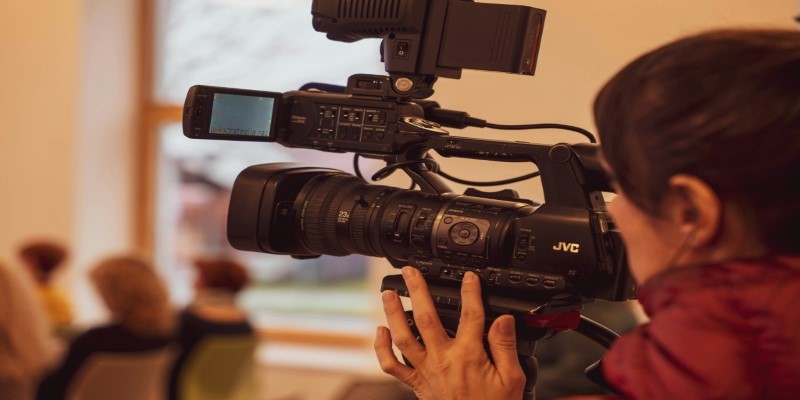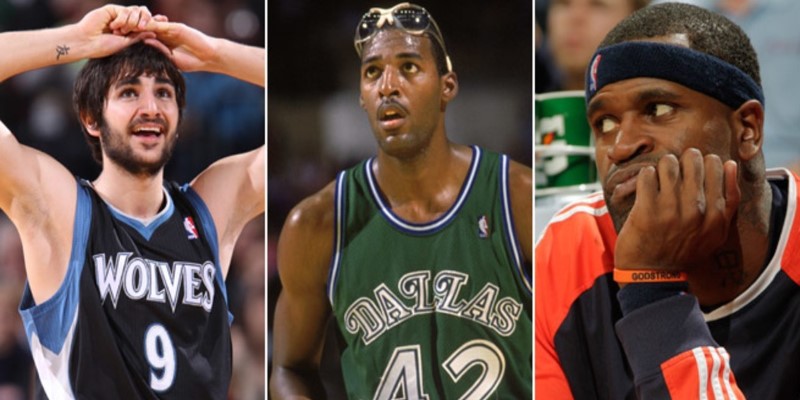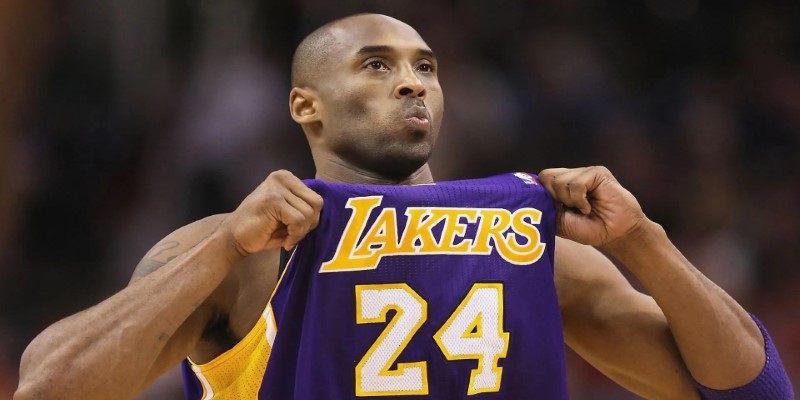You may be familiar with the name Ken Burns, particularly if you like stories that are brought to life on screen. Ken Burns is well known for being able to produce compelling stories about history that engage viewers. Ken Burns is well known for being able to produce compelling stories about history that engage viewers.
Some of the most essential historical tales in American history have been brought into existence by Burns using his famous slow pans along with historical images and videos. In this comprehensive guide, we will be discussing the life, career, and documentaries of Ken Burns. So, let's get started!
On July 29, 1953, a boy was born in New York. He was named Ken Burns. No one knew at that time that this little boy would grow into an extraordinarily talented storyteller and director. His love for history and storytelling began at an early age. Ken Burns is perhaps the American who has taught numerous individuals about history.
Ken developed an intense passion for photography when he was little. He had a passion for recording moments in time. He had no idea how this early interest would influence his development into an exceptional storyteller.
Burns was raised in Ann Arbor, a city in Michigan. His father worked as a professor at the College of Michigan. In 1975, he graduated with an undergraduate degree in design and cinema studies from Hampshire College in Amherst, Massachusetts.
After receiving his degree, along with the editor named Paul Barnes and filmmaker Buddy Squires, Burns cofounded the documentary production firm, Florentine Films. This production firm was named after a village in Northampton, called Florence.

In 1977, as he selected a topic to make his very first film, Ken Burns gave a read to a book written by David McCullough. The book was written on the construction of the famous Brooklyn Bridge. After reading this book, Burns became motivated to begin working on his first significant film project.
Some hurdles came in his journey. No one knew him as a filmmaker at that time. He contacted many people and agencies for financial help, but he was turned down everywhere. Finally, Burns was able to get an initial funding of fifty thousand dollars from a Humanities Council.
Later he was suggested to contact a federal agency, NEH. This agency gave Burns a twenty-five thousand dollar grant, which was one among several funds that would finance 15 films and mark the beginning of NEH and Burns' long-term collaboration.
Unlike some directors, Ken didn't limit his focus to big-budget stories. Instead, he discovered beauty in the little, frequently disregarded stories that make the vast tapestry of the past. His distinct style distinguished him and gave his documentaries a unique quality.

If you have ever seen a documentary by Ken Burns, you may have noted something special about his film's editing and presentation style. The "Ken Burns Effect," in which slow pans as well as zooms bring static images into existence, is among his distinctive methods. This technique gives you the impression that you're moving and entering a picture.
In addition, Ken Burns has an aptitude for picking the ideal soundtrack and for having an interpreter whose voice acts as a soothing guide during the journey through history. It is like starting a journey with an intelligent companion who loves to tell you fantastic tales.
Ken has been in documentary production for almost 50 years now. And during these years, he has made approximately 35 documentary films on topics like Vietnam, the Civil War, Franklin, Jefferson, Muhammad Ali, baseball, Roosevelt, jazz, and many more. Below is a summary of some of the most renowned documentaries by Ken Burns.
This documentary was released in 2017. It consists of 10 parts that depict one of the most complex conflicts in the history of America. Burns makes extensive use of both previously unreleased videos and conversations with troops and civilians.
More than 78 eyewitnesses from both sides of the fight are quoted in this documentary, providing a thrilling journey that reveals the genuine human consequences of such a horrific event.
Jackie Robinson has two parts in total, and it is based on the life story of an African-American player who was the first to participate in the Major Baseball League. Burns created a close-knit portrait of Robinson as a person and an athlete by conducting interviews with Robinson's wife, Rachel, and his colleagues, Don Newcombe and Tommy Lasorda.
This documentary was released in 1990 and is the most popular documentary made by Ken Burns. The Civil War covers the brutal battle that almost brought the nation to its knees, from its earliest days to its tragic end.
The disastrous human impact of war is the main topic of this movie, and Burns' skillful choice of original content and emotional orchestral components resulted in an incredibly engaging viewing experience. This movie is still as relevant now as it was back when it originally came out because of its broad reach and careful analysis of challenging topics.
This documentary includes the workings of the US Congress, which is the throbbing body of American politics. This film provides an in-depth review of the parliamentary branch's activities and historical development through political interviews and behind-the-scenes videos.
To sum up, we can say that Ken Burns was undoubtedly an exceptionally talented filmmaker. He has his own specific techniques, which made him famous around the globe. His documentaries are like magic doors that take us back to history. He has made history enjoyable for us. Ken Burns was not just a filmmaker but also a companion who told us about the most incredible stories in the best possible ways.

By Lucy Lee/Apr 25, 2024

By Peter Evans/Mar 04, 2024

By Kristina Cappetta/Apr 28, 2025

By Lucy Lee/Apr 13, 2024

By Eleanor/Jan 06, 2025

By Frederica/Dec 09, 2024

By Alice Ellis/Apr 16, 2024

By Amelia Martin/Oct 21, 2024

By Frederica/Apr 20, 2024

By Vicky Louisa/Apr 02, 2025

By Eleanor/Feb 15, 2024

By Eleanor/May 12, 2024